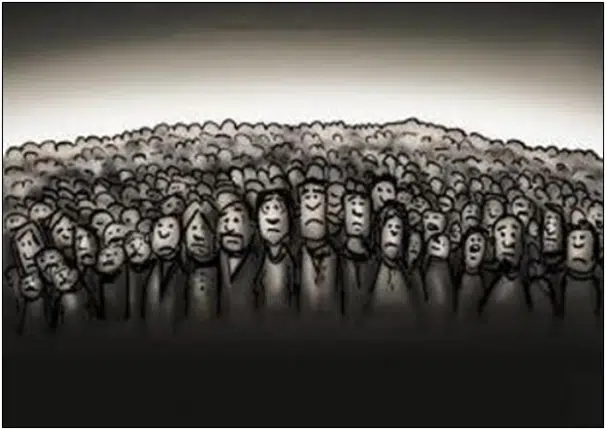By Rebekah Rast – “The last thing I want to do is create a state that’s a carbon copy of what we have now,” says Republican Riverside County Supervisor Jeff Stone about his recent plan to fix the state of California.
His plan: split the state into two.
If he has his way, the new state would be called South California and would be America’s 51st state.
“The latest proposal takes most of Southern California with the exception of Los Angeles and dips into the Central Valley,” says former California U.S. House of Representatives’ Member Richard Pombo, former Chairman on the House Committee on Natural Resources. “This would create a more conservative state.”
A more conservative state is exactly what Stone and many Californians are looking for. Thirteen counties would break away from the state including: Riverside, Fresno, Imperial, Inyo, Kern, Kings, Madera, Mariposa, Mono, Orange, San Bernardino, San Diego and Tulare. The Los Angeles Times reports, “Combined, those counties are home to about 13 million people. Republicans account for the majority of registered voters in all of those counties except San Diego, San Bernardino and Imperial.”
“California may be at the point where something like this desperately needs to happen,” Pombo says. “People are talking about this right now because of the state of the government; people are looking for something, a change.”
Republican Riverside County Supervisor Jeff Stone’s plan isolates much of the coastal area in California. This is the area most conservatives consider to be the reason why the state faces such economic turmoil due to its liberal penchant for high taxes and overbearing regulations. Because of this, Pombo says some people wish the plan for the secession would include more of the state. “If the proposal took in more of the Central Valley, people might take to it more. No one wants to be with the coastal areas.”
California faces an 11.8 percent unemployment rate. For perspective, in a three-year time span, California has lost 1.15 million jobs. A big factor of the high unemployment in the state is the high taxes businesses must pay. The fact that businesses, large and small, are leaving the state to find more business-friendly environments is only part of the reason why Stone has proposed this break up of California.
“Our taxes are too high, our schools don’t educate our children well enough, unions and other special interests have more clout in the Legislature than the general public,” Stone said in a statement, reported by the Los Angeles Times. “It has to change.”
Whether or not Stone’s plan is the kind of change California needs or is looking for, the state doesn’t seem too amenable to deviate from the status quo.
“We went through the 2010 election and Republican seats were picked up everywhere except California,” Pombo says. “The state with the most problems voted for more of the same.”
Ironically, on a national level our nation seems to be experiencing the same kind of divide between red and blue states. There is a saying that trends start in California, and the irreconcilable differences cited by Supervisor Stone are seeming played out on a national stage every day in Washington, D.C.
While Stone and others have determined that the marriage in California cannot be saved, many observers in Washington hope that this California trend doesn’t spread.
Rebekah Rast is a contributing editor to Americans for Limited Government (ALG). You can follow her on twitter at @RebekahRast.






